1. Free Education: The Gambia offers free primary education, although not all costs are fully covered.
2. Compulsory Schooling: Education is compulsory for children aged 7 to 15.
3. Basic Education Structure: The system follows a 6-3-3 format – six years of lower basic, three years of upper basic, and three years of senior secondary education.
4. Official Language: English is the medium of instruction in schools.
5. Low Literacy Rate: The adult literacy rate is approximately 55%, with a notable gender gap.
6. Higher Education: The University of The Gambia is the country’s main tertiary institution, established in 1999.
7. Technical and Vocational Training: Several institutions offer TVET programmes to address skill gaps and unemployment.
8. Early Childhood Education: Pre-primary education is available but not universally accessible.
9. Teacher Shortage: The education sector faces challenges with teacher recruitment and retention, especially in rural areas.
10. Private Schools: A significant number of private and community schools supplement the public education system.
11. Gender Disparities: While improving, disparities remain in access to education between boys and girls, especially at higher levels.
12. Curriculum Reform: Recent reforms aim to include ICT, entrepreneurship, and local content in school curricula.
13. Islamic Education: Many children attend madrassas alongside or instead of formal schooling.
14. NGO Involvement: Numerous NGOs actively support educational development, infrastructure, and school feeding programmes.
15. Language Barrier: Local languages dominate at home, making early learning in English a challenge for many pupils.
























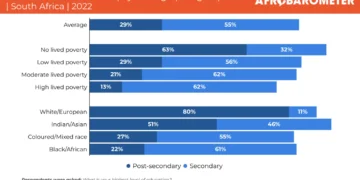

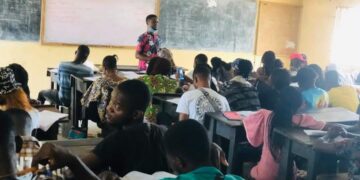
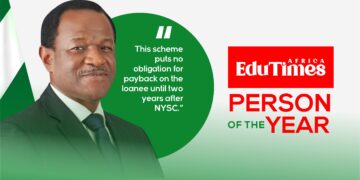
































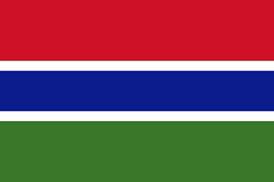



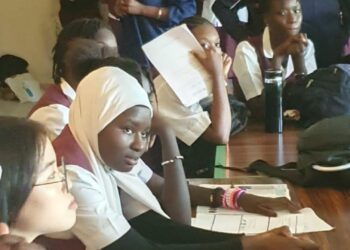
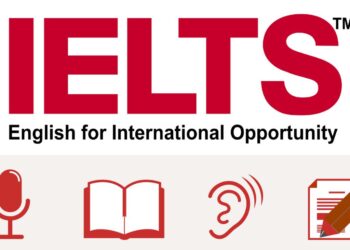




 EduTimes Africa, a product of Education Times Africa, is a magazine publication that aims to lend its support to close the yawning gap in Africa's educational development.
EduTimes Africa, a product of Education Times Africa, is a magazine publication that aims to lend its support to close the yawning gap in Africa's educational development.

